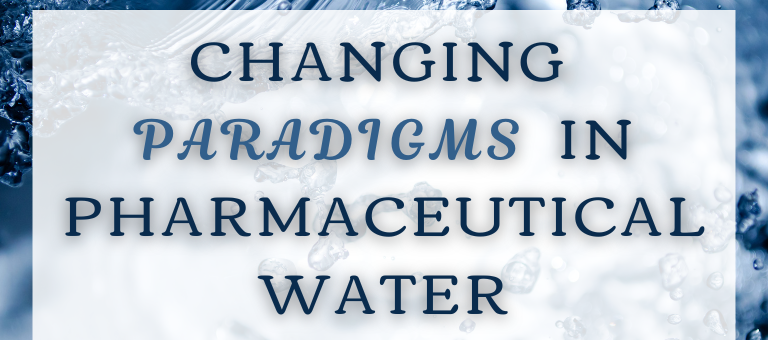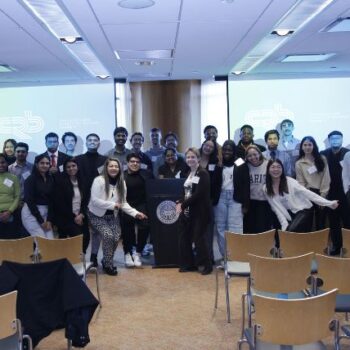
A Water-ful Program at Alnylam
- Posted by Brian Hagopian
- On January 31, 2025
The importance and popularity of a cutting-edge educational program focused on pharmaceutical water was on full display at the chapter’s sold out January educational program, hosted by Alnylam Pharmaceutical’s at their Norton manufacturing facility.
Alnylam generously opened their doors for an insightful tour of their central utility plant showcasing Alnylam’s distillation and membrane-based water for injection (WFI) systems, an ideal setting for this dynamic session.
Industry experts delivered valuable updates on membrane-based water for injection (WFI) systems, the increased acceptance of ozone as a sanitant, Alnylam’s decision-making process for their pharmaceutical water system, and the industry’s increased reliance on process analytical technologies for process and quality control monitoring.
The event attracted a diverse audience including professionals from pharma, biotech, engineering, construction, integrators, and service providers alongside several current board members and past presidents.
Presenters, most of whom contribute to ISPE’s Critical Utilities Community of Practice (CUCOP) publications, shared their expert insights:
Gary Zoccolante from Plymouth Rock Consultants provided a historical perspective on the acceptance of membrane-based technologies for the production of Water for Injection (WFI) grade water over the years, with the last remaining pharmacopeias about to accept membrane systems in the very near future.
Andrew Collentro from Ion Clear reviewed the current state and use of membrane-based systems to produce WFI grade water.
Joe Manfredi from GMP Systems spoke about the increased use of ozone as a sanitant, stressing that ozone and heat are different disinfecting technologies that can’t simply be swapped for each other.
Brian Hagopian from Clear Water Consulting addressed ozone’s Achilles heel as an “added substance”, sharing guidance provided directly by the US Pharmacopeia on this matter along with discussing how ozone’s half-life will be longer than expected in low TOC pharmaceutical waters.
Bill Frederick from Alnylam Pharmaceuticals reviewed some of the justifications that his company used as they expanded their operations and added a membrane based WFI system to an existing distillation based WFI system and compared energy and operating costs of the two systems.
Anthony Bevilacqua and Brian Pochini from Mettler Toledo Thornton and Sanofi respectively wrapped up this content rich session by discussing sampling program issues, the differences between process control and quality control monitoring programs, the wider acceptance of process analytical technology, and they provided clarity regarding when a loop outlet is a true point of use and when it is not.
The chapter is fortunate to have such a wealth of expertise in New England. Many of these experts contribute to ISPE’s industry-leading technical guides, including recently published Good Practice Guides (GPGs) on Membrane-Based WFI Systems and Ozone Sanitization.
The CUCOP is currently updating its Sampling Guide for Pharmaceutical Water, Steam, and Process Gases and embarking on a brand new Sustainability Guide. If these topics interest you, consider joining as a contributor or peer reviewer—you won’t regret it!
The chapter expresses its heartfelt thanks to Alnylam Pharmaceuticals for hosting this program with special thanks to Matt Poch for making this event possible.



0 Comments